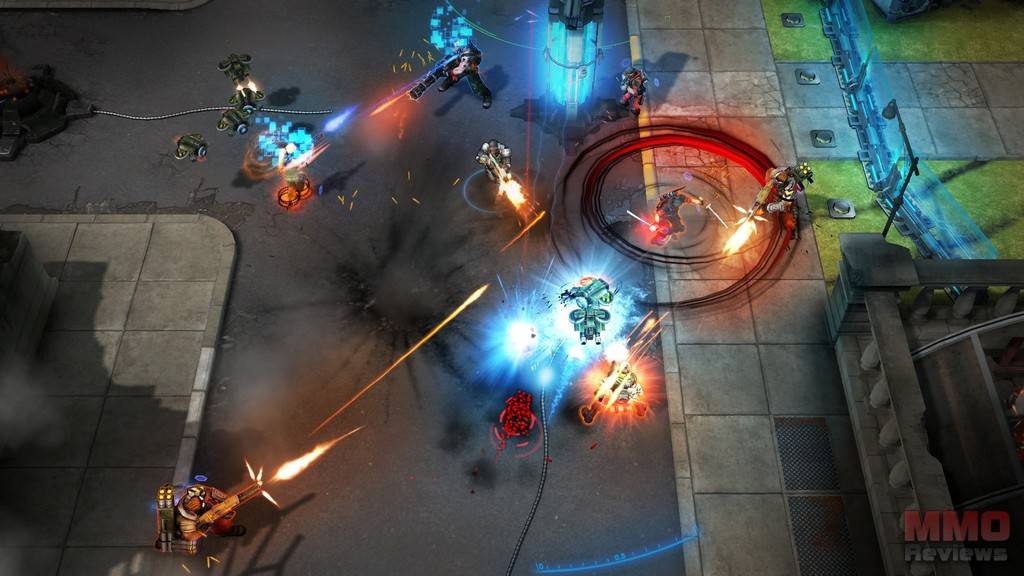

Washington keeps company in this altogether more unsavory version of the Bang Bang Club with authoritarian states such as Iran, Russia, Burma, and China. The United States is among the remaining 20 percent of the world’s countries who refuse to sign the land mine ban. troops who have served in Iraq and Afghanistan - and, a few days ago, to a war journalist. Some of the most recent human shards to join that grisly pile happen to belong to hundreds of U.S. This represents a mountain of severed feet, legs, toes, fingers, and arms, most of them blown from the bodies of farmers plowing their fields in Cambodia, women drawing water from wells in Iraqi Kurdistan, and children playing soccer in Bosnia. Estimates of the civilian proportion of land mine casualties range from 60 to 85 percent. But the ICBL tally of mine victims over the past decade still exceeds 73,500 worldwide - a bleak figure that’s made worse by the fact that most of the dead and mutilated didn’t wear uniforms. This toll is a fraction of what it used to be, thanks to the activists’ efforts. But according to the International Campaign to Ban Landmines, the coalition of NGOs that pulled off a diplomatic coup by shaming more than 150 nations into signing a Mine Ban Treaty that took effect in 1999, thousands of people continue to be killed or horribly wounded by mines every year in active and former war zones across the planet. Today, the notoriety of land mines has been at least partly eclipsed by the bane of more modern, equally sinister weapons, such as cluster bombs and remotely triggered improvised explosive devices, or IEDs. It seems such a 1990s issue: Princess Di in an African hospital, comforting a child with bandaged stumps. And Silva’s grave injuries focus attention, in the selfish way that harm to one’s own tribe always does, on the enduring horrors of - and largely forgotten crusade against - land mines. His unblinking devotion to exposing human cruelty on film invites comparisons to the most fabled war photographer of the last century, Robert Capa, who died after stepping on a land mine in a place that would come to be known as Vietnam.

Indeed, Silva had photographed his friend Oosterbroek’s death and at least two of Marinovich’s near-fatal shootings. “Those of you who know Joao will not be surprised to learn that throughout this ordeal he continued to shoot pictures,” Bill Keller, the executive editor of the Times, reassured the paper’s staff in a memo. He is known among the international press corps as a careful, modest, and exceedingly generous man - a married father of two who has managed to keep his humanity intact doing a dangerous and sometimes emotionally atrophying job. Silva was the only unscathed survivor until Sunday, when both of his legs were amputated below the knee at a U.S. Another of the group’s Pulitzer winners, Greg Marinovich, saw the light years ago, and foreswore war zones after being wounded so often that other conflict journalists only half-jokingly branded him a “bullet magnet” and began avoiding him on assignment. Ken Oosterbroek was shot dead in a township firefight in 1994, and Kevin Carter committed suicide - after earning a Pulitzer for work in famine-struck Sudan - that same year. Membership in that small band of brothers has exacted high costs. He got his start in his native South Africa as one of a quartet of fearless young photographers dubbed the “Bang Bang Club” who documented the internecine violence in black townships as apartheid crumbled. He has covered virtually every war, natural disaster, and social upheaval worthy of a headline over the past 15 years. Silva knows the risks of mines better than most journalists. Force multiplication, the military calls it. Thus, its agonized victim must be carried off the battlefield by comrades, tying down even more manpower.

The weapon’s maker - given its location, probably an old Soviet arms manufacturer - had calculated the exact formula of explosives and shrapnel required to maim, shredding tissue and smashing bones, but not to kill. Silva didn’t die because he wasn’t supposed to. This suggests that the device was a miniature antipersonnel mine - the difficult-to-detect plastic type that are usually no larger than a cosmetics jar, or a can of tuna. Three nearby American soldiers suffered concussions from the blast. Silva, a brilliant and courageous photojournalist on contract to the New York Times - and, in the eyes of many colleagues, one of the finest combat photographers of his generation - suffered grievous injuries Saturday after stepping on a mine while embedded with U.S. The land mine that took Joao Silva’s feet worked perfectly. View a slide show of Joao Silva’s warzone photographs.


 0 kommentar(er)
0 kommentar(er)
